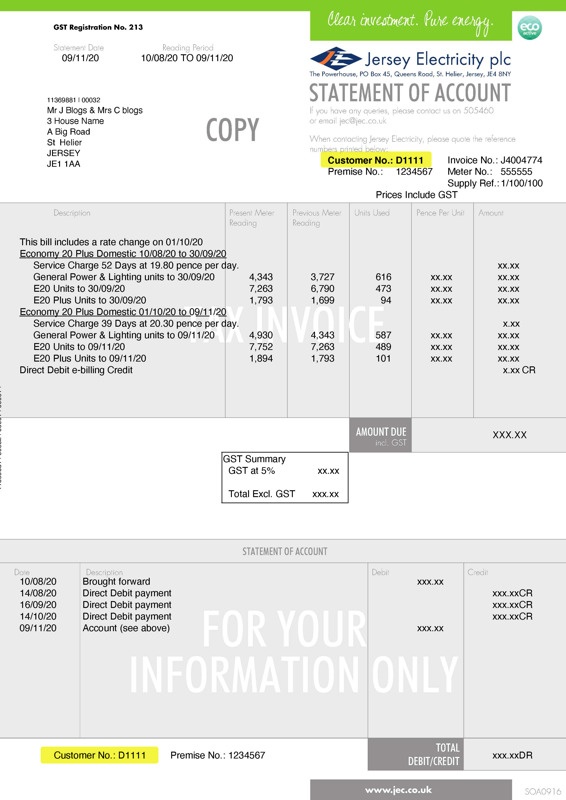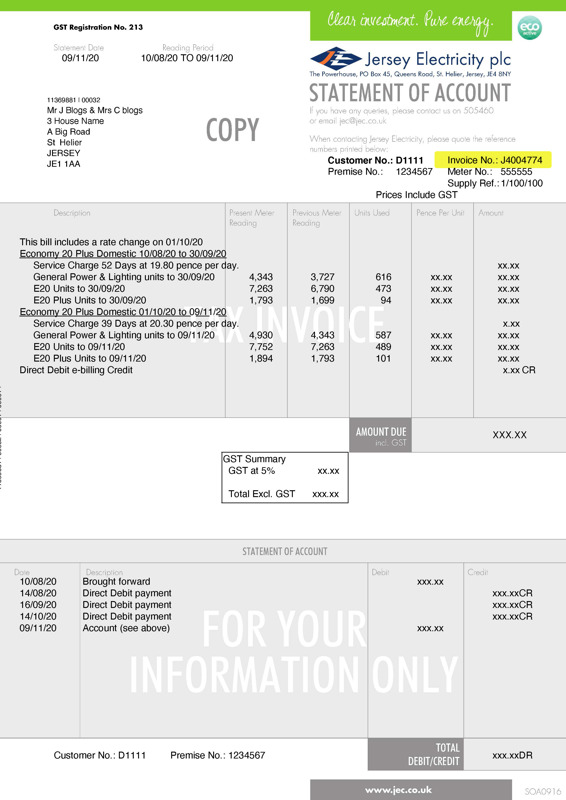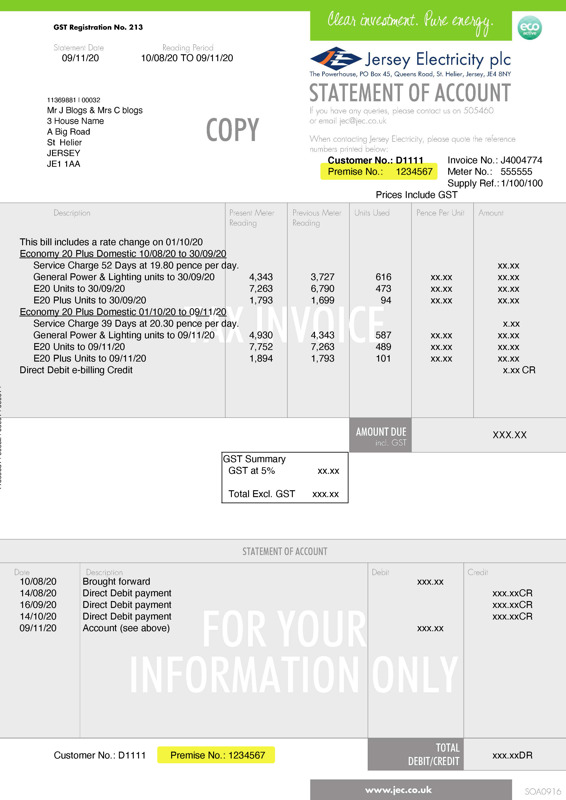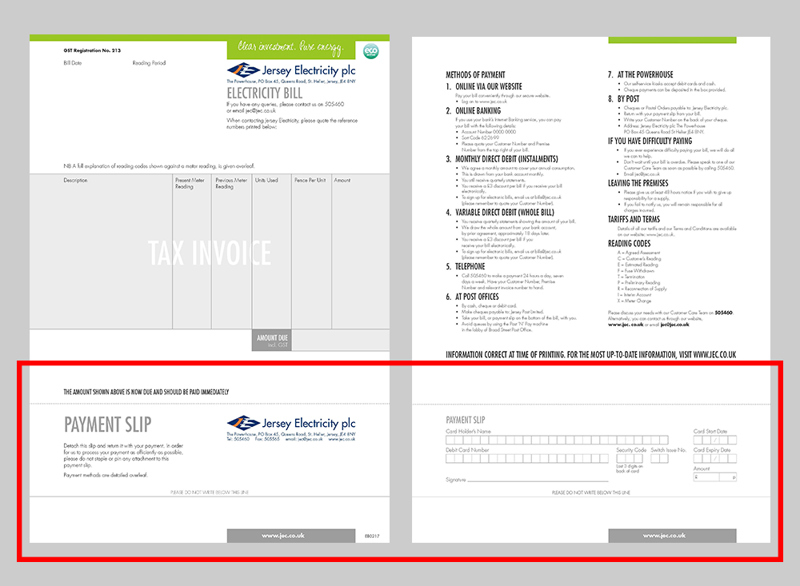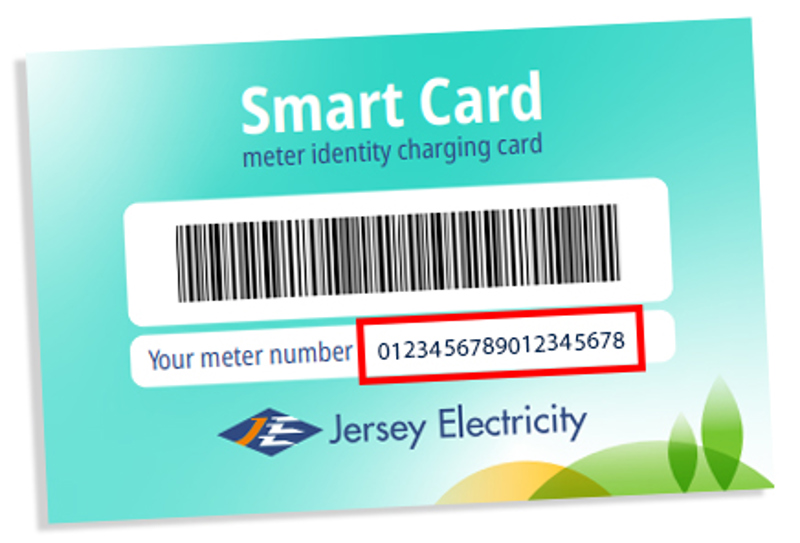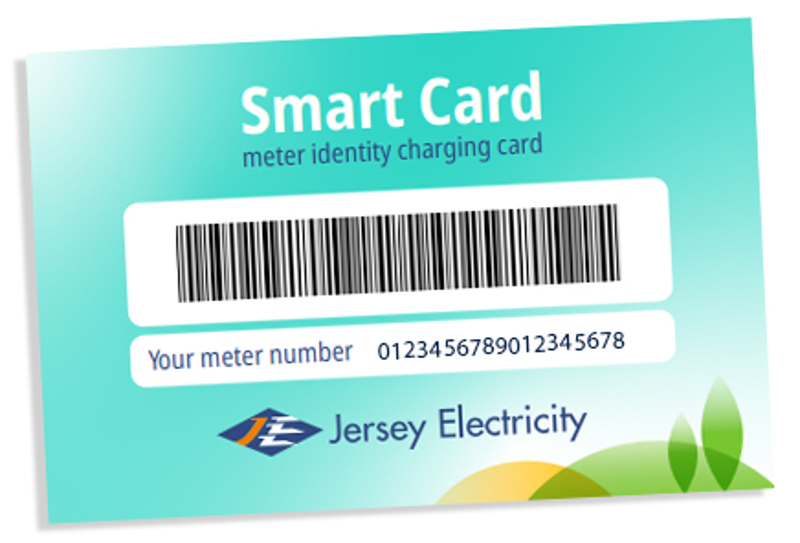The light bulb market has gone through enormous change since traditional incandescent bulbs were replaced with energy-saving bulbs. But how do the running costs compare?
Compact fluorescents (CFLs) use about 75-89% less electricity than traditional filament bulbs and can last up to ten times longer. But the most efficient bulbs at converting electricity into light are LEDs (Light Emitting Diodes).
Though more expensive to buy at first, they will save you in the long run because as well as lasting longer, they use just one tenth of the electricity of filament bulbs – hence the difference in the Wattage.
You can replace a 60W standard bulb with a 6W LED; a 100W standard with a 10W LED. The savings soon add up. For example:
- Ten light fittings, using old-style 60W bulbs, use 600Watts an hour.
- On five hours a day makes 3,000 Watts or 3kWh.
- A unit of electricity on your bill is the equivalent of 1kWh. This is the amount of energy that a 1kW appliance uses in an hour.
- So each hour the 10 lights consume 0.6kWh – 3kWh in five hours.
- Based on Jersey Electricity’s General Light and Power unit rate of 14.5p (incl GST), that’s 43.5p a day, .£3.04p a week, £158 a year
If you replaced all the 60W bulbs with 6W LED equivalents, the running costs will be one tenth – 4.3p per day, 30p a week, £15.80 a year. This is a saving of £142 a year.


